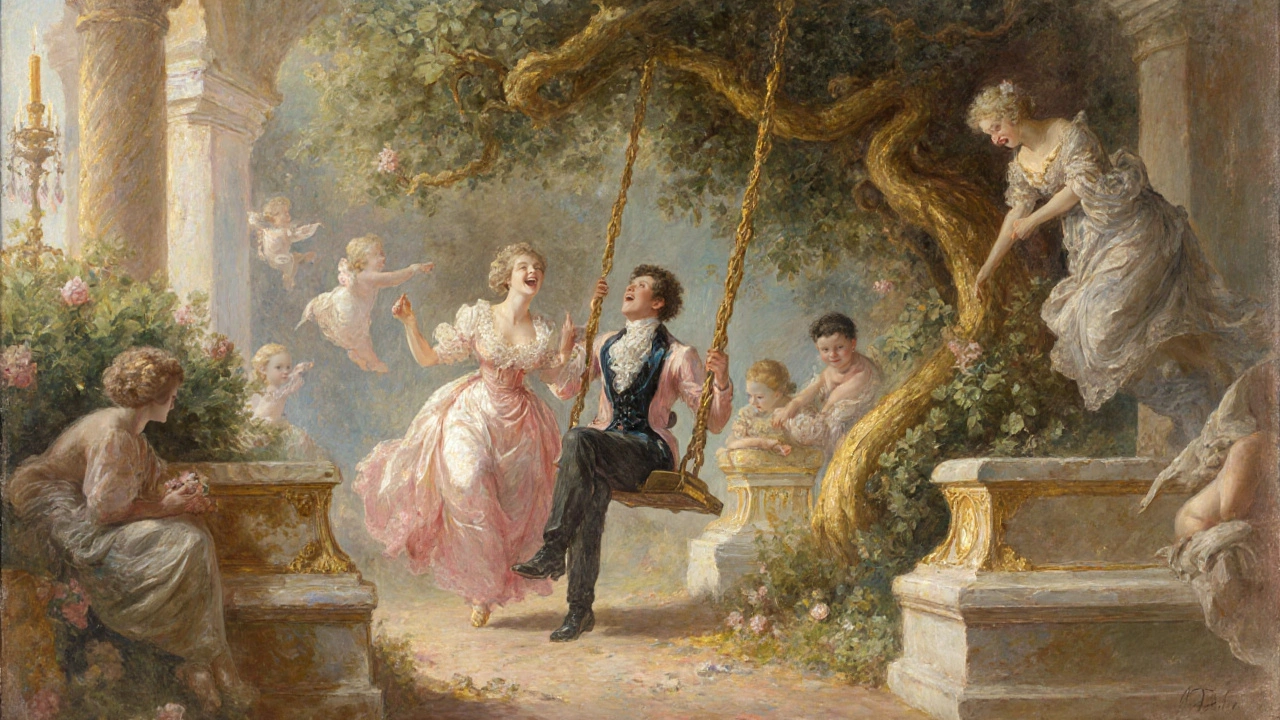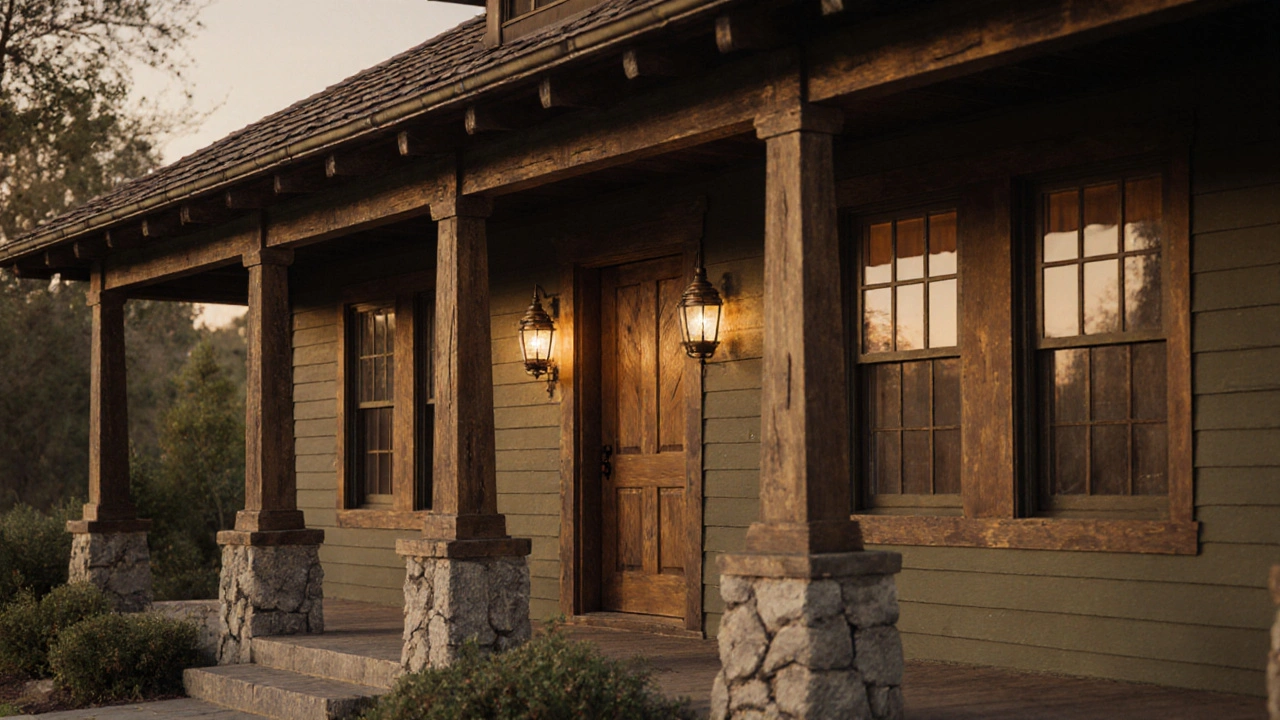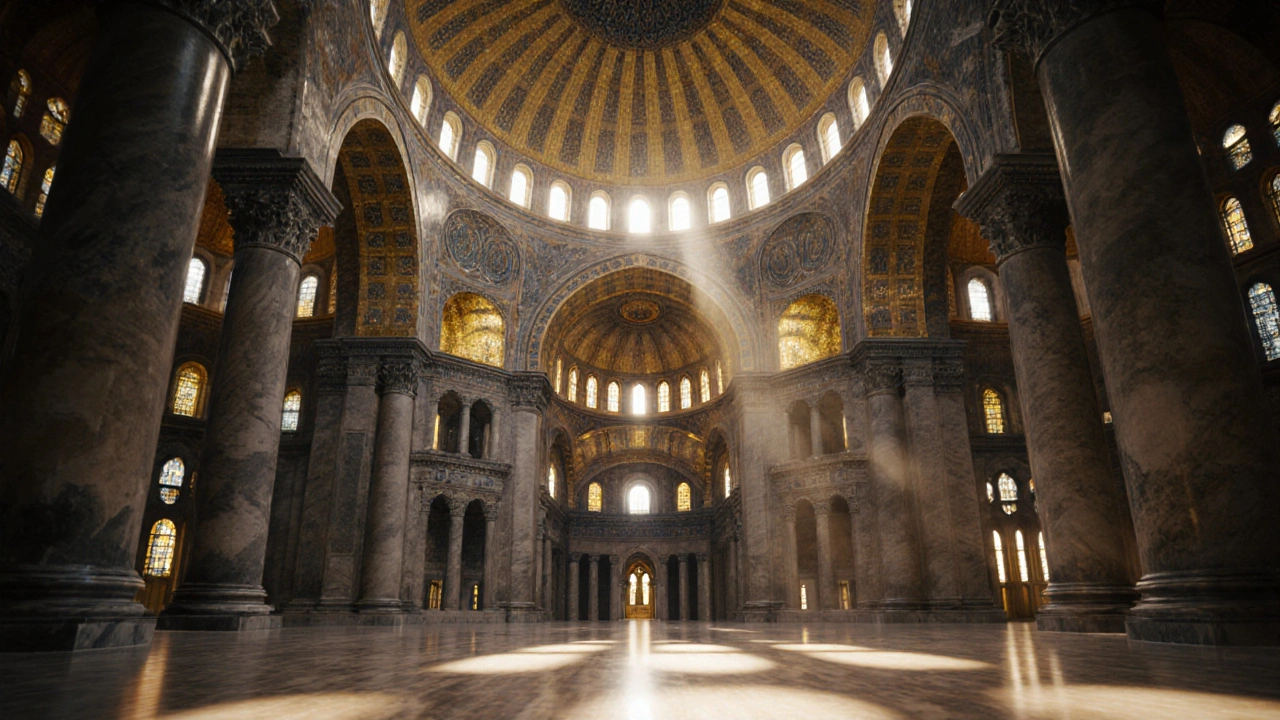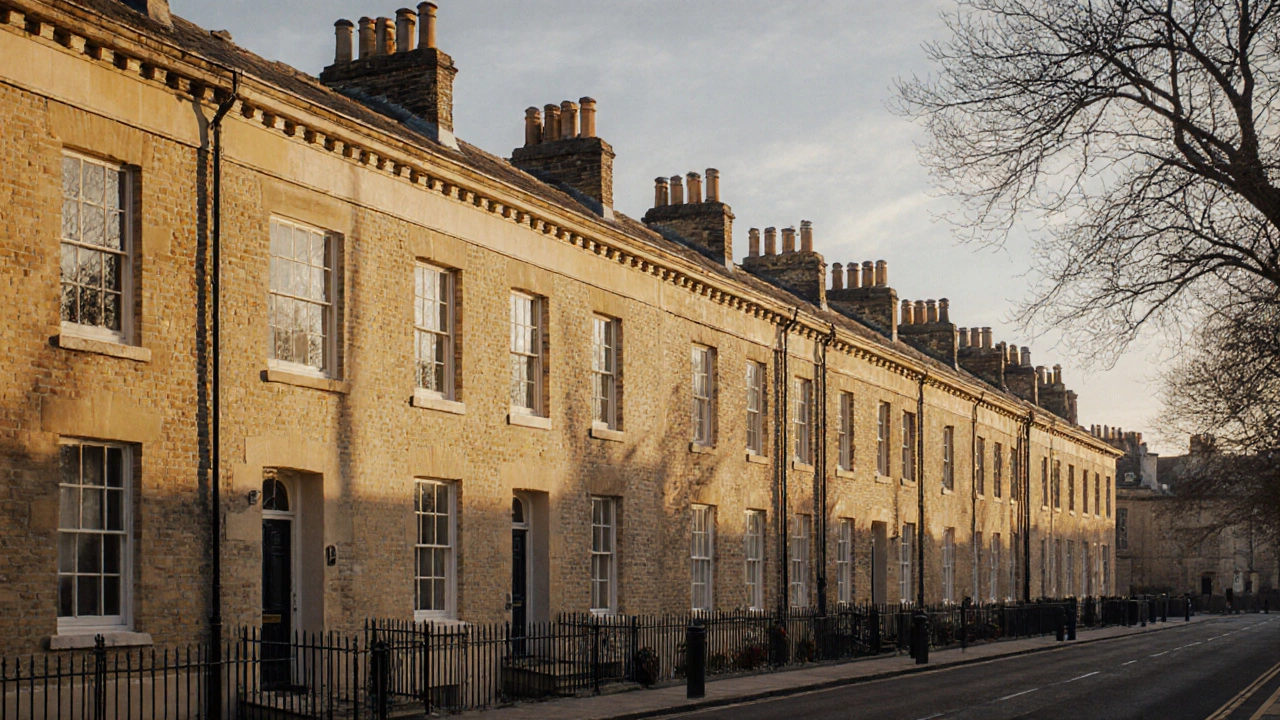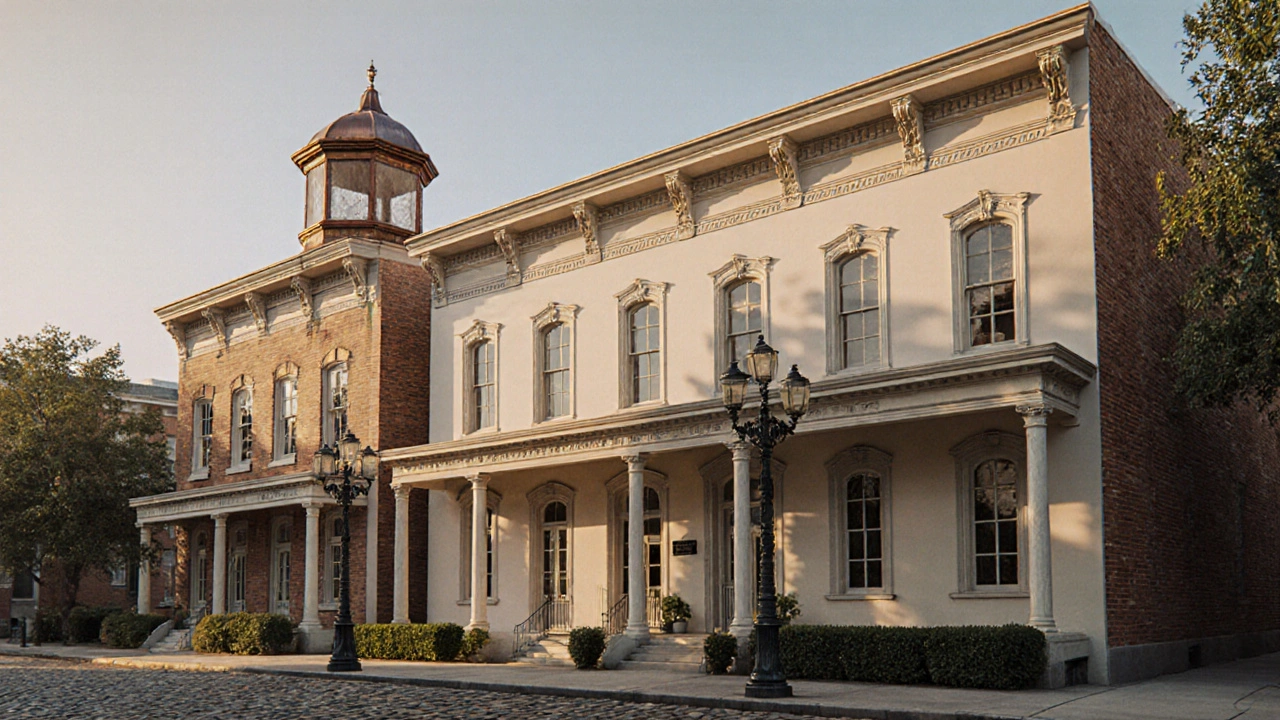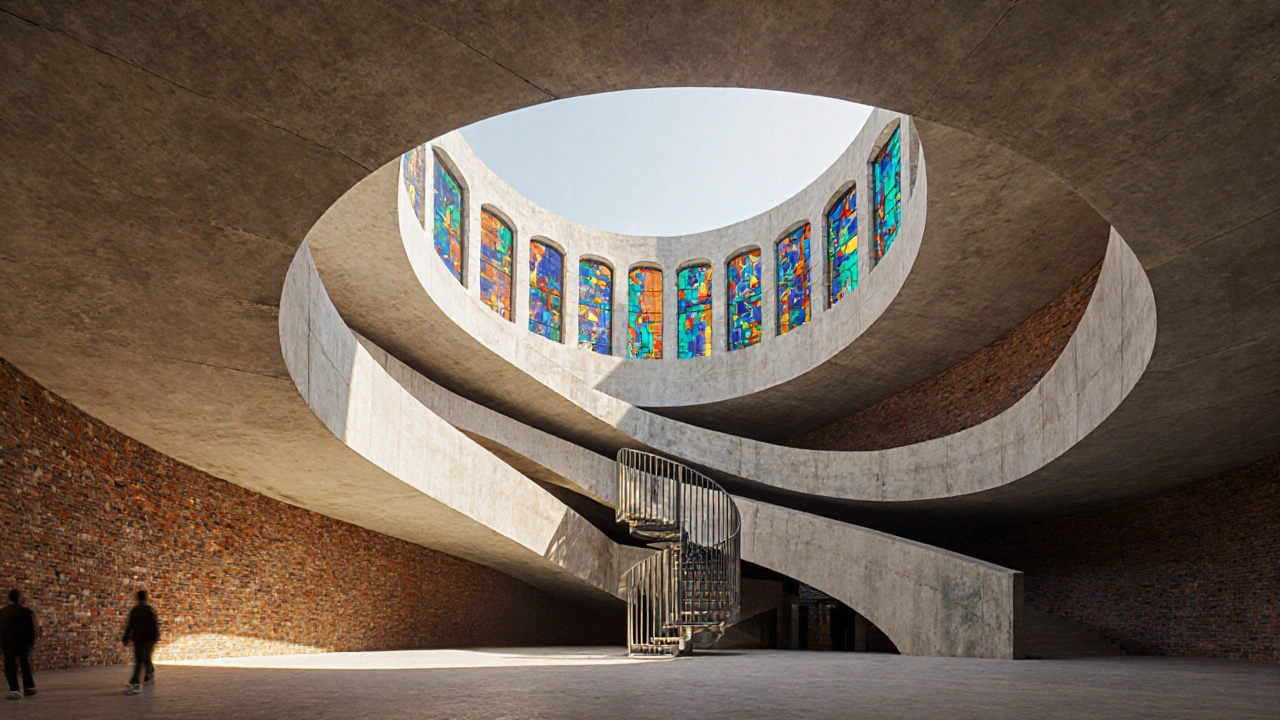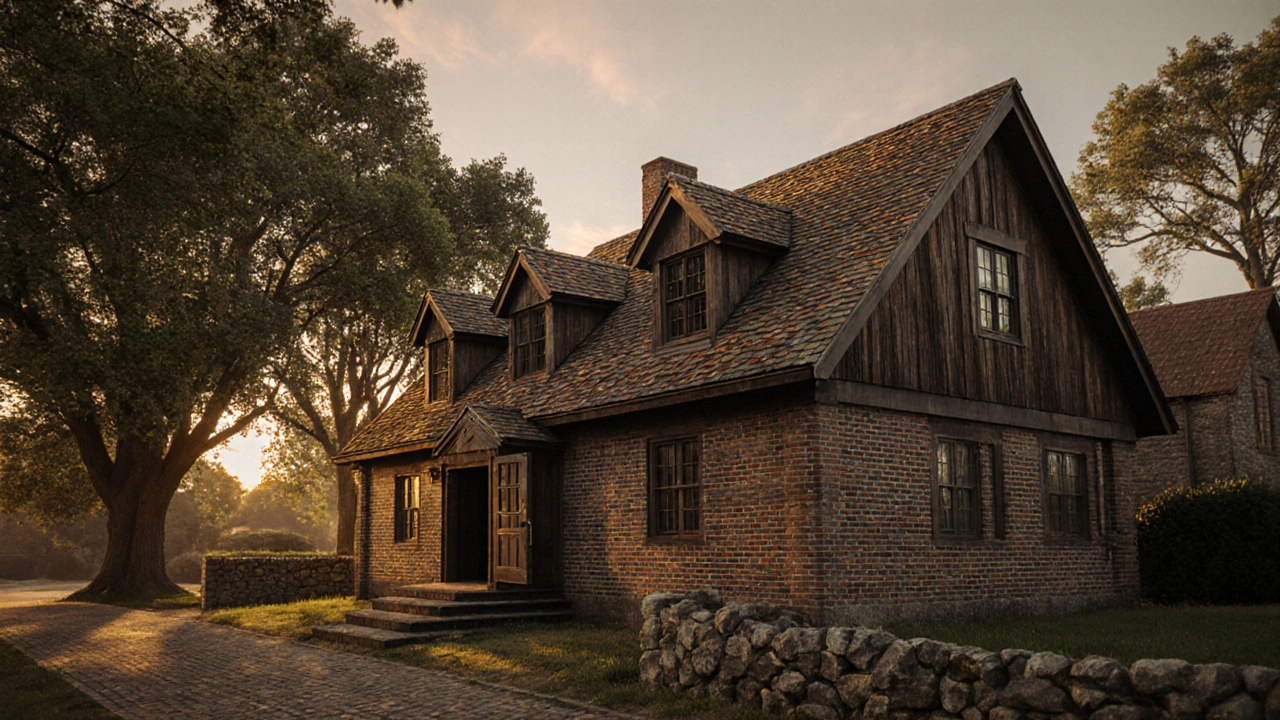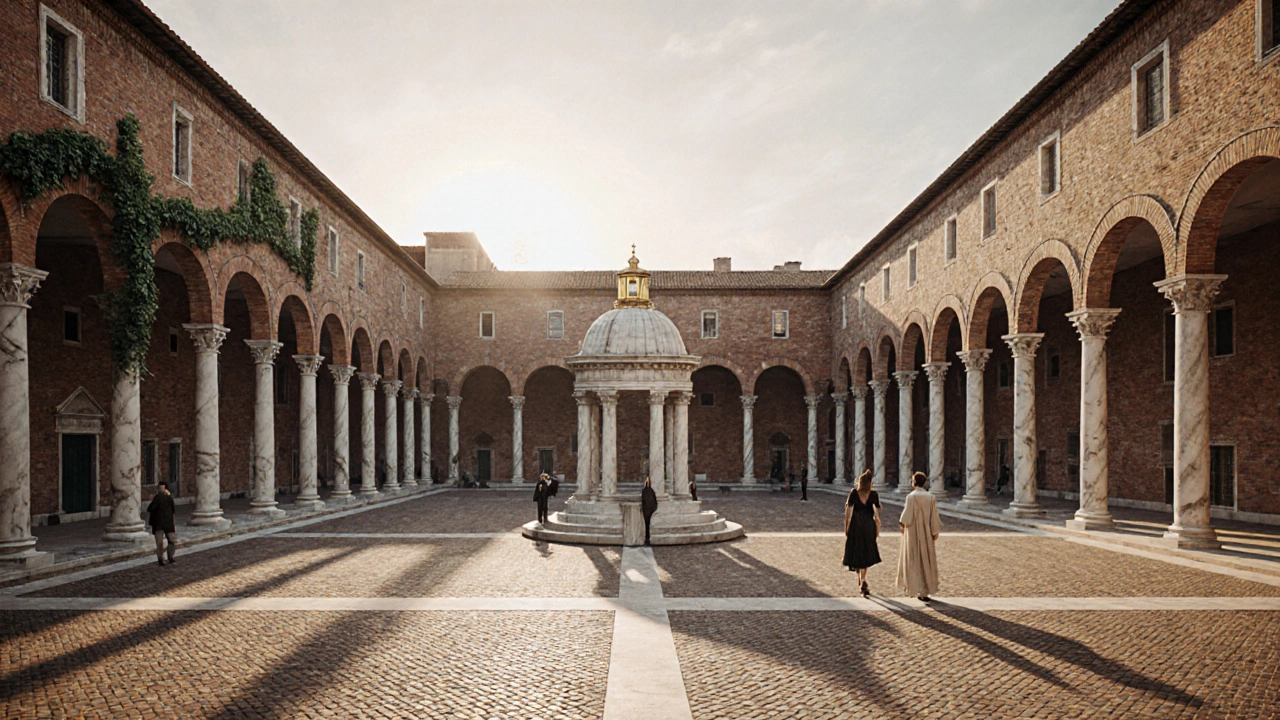Rococo was the playful, ornate art movement of 18th-century Europe that celebrated elegance, intimacy, and luxury. Known for pastels, gold, and curved forms, it defined aristocratic life before the revolution changed everything.
Architectural Artistry Chambers - Page 2
The minimalist approach to personal finance cuts through the noise of budgeting apps and complex rules. Focus on three accounts, one budget rule, and eliminating financial clutter to gain peace of mind and real freedom.
The American Craftsman style represents enduring quality through handcrafted woodwork, solid materials, and timeless design. Built to last over a century, these homes stand apart from modern mass-produced houses.
Byzantine architecture used light, domes, and gold mosaics not just for beauty, but to create sacred spaces where heaven felt close. Its spiritual design still moves people today.
Italianate architecture brought Tuscan villa charm to 19th-century homes with bracketed eaves, arched windows, and towers. Its influence still shapes modern design, from historic restorations to today’s farmhouse trends.
Georgian architecture blends classical symmetry, refined materials, and balanced proportions to create timeless homes that still inspire modern design. Learn its defining features, global influence, and how to recognize authentic examples.
Explore Italianate architecture's history, key features, famous examples, and modern design tips. Learn how this Victorian style blends form and function for timeless homes.
Explore how expressionist architecture uses bold forms, materials, and light to create emotional connections, with history, key architects, and practical design tips.
Explore the enduring charm of Dutch Colonial Revival architecture, its signature gambrel roof, historic roots, and how to preserve or adapt these timeless homes today.
Explore how Renaissance architecture's symmetry, proportion, and classical orders still shape modern urban structures, with real examples, design tips, and a handy FAQ.

